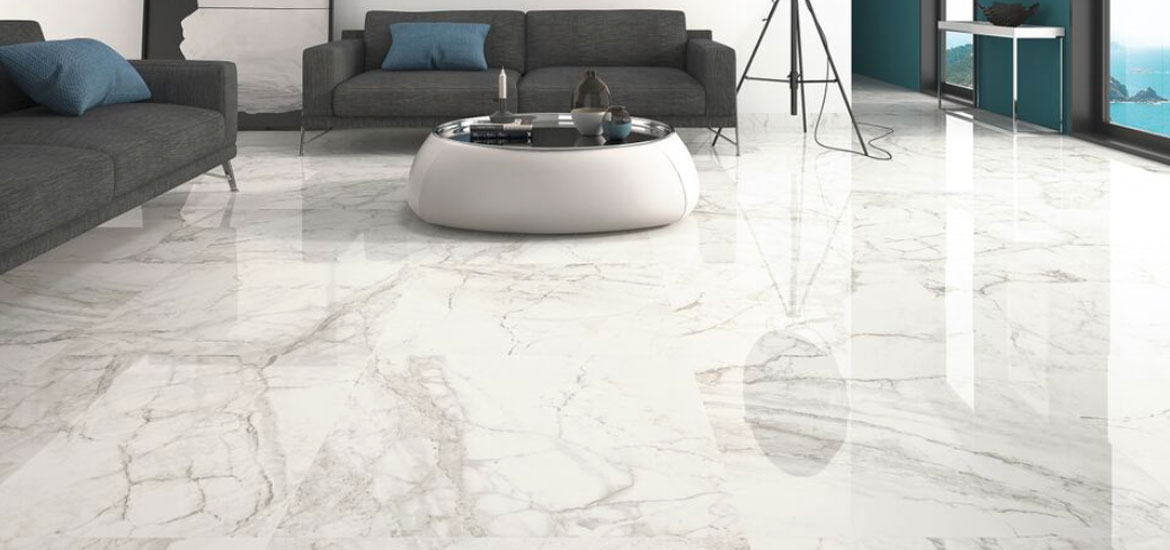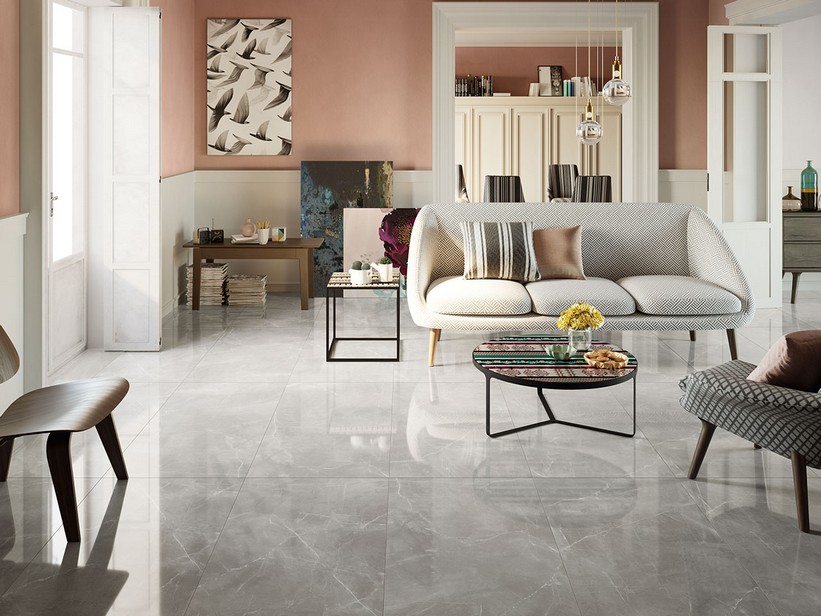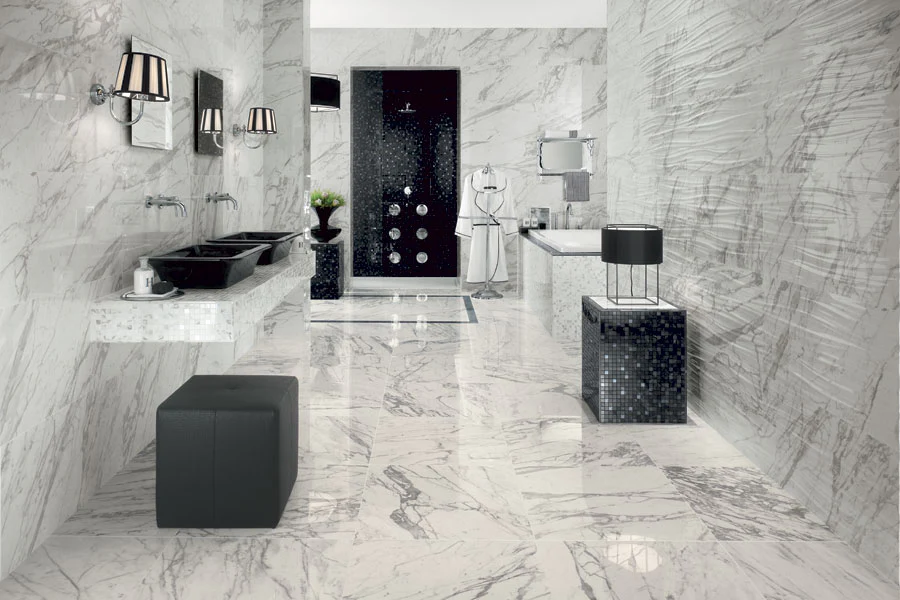Porcelain Ceramics: Timeless Beauty at the Heart of Your Home
Porcelain ceramics have long been celebrated as a symbol of elegance, durability, and sophistication. From ancient Chinese dynasties to modern interior design, porcelain has transcended time and culture to become a staple in homes worldwide. Known for its pristine white finish, remarkable strength, and versatility, porcelain brings a unique blend of functionality and aesthetic appeal to the heart of any living space. This article delves into the fascinating world of porcelain ceramics, exploring their history, production process, characteristics, and why they remain a timeless choice for homeowners.
A Brief History of Porcelain

Porcelain’s origins can be traced back to China, where it was first developed during the Tang Dynasty (618–907 AD) and perfected during the Song Dynasty (960–1279 AD). The Chinese artisans discovered a way to create a hard, translucent, and resonant material by combining kaolin (a white clay) with petuntse (a feldspathic rock) and firing it at extremely high temperatures. This innovation gave birth to what we now recognize as true porcelain, often referred to as “china” in English-speaking countries due to its Chinese heritage.
For centuries, porcelain was a closely guarded secret in China, coveted by emperors and traded along the Silk Road as a luxury item. It wasn’t until the 18th century that European craftsmen, particularly in Germany and France, unlocked the secrets of porcelain production, leading to the establishment of renowned manufacturers like Meissen and Sèvres. Today, porcelain is produced globally, with each region adding its own flair to this enduring material.
The Science Behind Porcelain’s Beauty
What sets porcelain apart from other ceramics is its composition and firing process. Porcelain is primarily made from a mixture of kaolin, quartz, and feldspar. Kaolin provides plasticity and whiteness, quartz adds strength, and feldspar acts as a flux, melting during firing to create a glassy, non-porous surface. This combination is fired at temperatures between 1,200°C and 1,400°C (2,192°F to 2,552°F), much higher than typical ceramics, resulting in a material that is both strong and translucent.
The high firing temperature vitrifies the porcelain, meaning it becomes fully fused and impervious to water. This non-porous nature makes porcelain highly resistant to stains, bacteria, and wear, making it an ideal choice for both decorative and functional items in the home, such as tiles, dinnerware, and sanitary ware.
The Manufacturing Process
The journey from raw materials to a finished porcelain piece is a meticulous one, requiring precision and skill. Here’s an overview of the process:
Material Preparation: The raw materials—kaolin, quartz, and feldspar—are carefully sourced, ground into fine powders, and mixed with water to form a workable clay body known as “slip.”
Shaping: The slip is shaped into the desired form using techniques like slip casting, pressing, or hand-throwing on a potter’s wheel. For mass production, molds are often used to ensure uniformity.
Drying: The shaped pieces are air-dried to remove excess moisture, preventing cracks during firing.
First Firing (Bisque Firing): The dried pieces undergo an initial firing at a lower temperature (around 1,000°C or 1,832°F) to harden the body, creating a “bisque” that is strong yet porous.
Glazing: A layer of glaze—often a liquid mixture of silica and other minerals—is applied to the bisque. This glaze melts during the final firing, forming a glossy, protective coating.
Final Firing: The glazed pieces are fired at high temperatures (1,200°C–1,400°C), fusing the body and glaze into a single, durable unit.
Decoration: Additional designs, such as hand-painted patterns or decals, may be applied and fixed with a lower-temperature firing if needed.
This labor-intensive process is what gives porcelain its signature qualities: a smooth, lustrous finish, exceptional durability, and a delicate yet resilient structure.
Why Porcelain Stands Out
Porcelain’s enduring popularity in homes stems from its unique combination of beauty and practicality. Here are some key characteristics that make it a standout material:
Aesthetic Versatility: Porcelain’s naturally white base allows it to be glazed in virtually any color or pattern, from minimalist matte finishes to intricate, hand-painted designs. Its translucency also adds a subtle glow, enhancing its visual appeal.
Durability: Despite its delicate appearance, porcelain is incredibly strong and resistant to chipping, scratching, and thermal shock. This makes it suitable for high-traffic areas like kitchens and bathrooms.
Hygienic Properties: The non-porous surface of porcelain prevents the absorption of water, odors, or bacteria, making it a hygienic choice for tiles, sinks, and tableware.
Timeless Elegance: Porcelain’s refined look complements a wide range of interior styles, from classic to contemporary, ensuring it never goes out of fashion.
Porcelain in the Home

Porcelain’s versatility makes it a favorite material for various applications in home design. Here are some of the most popular uses:
Flooring and Wall Tiles: Porcelain tiles are a go-to choice for homeowners due to their durability and low maintenance. Available in an array of sizes, textures, and finishes—such as wood-look or marble-effect tiles—they can transform any room into a stylish sanctuary.
Dinnerware: Porcelain plates, cups, and bowls bring sophistication to the dining table. Their lightweight yet sturdy nature makes them perfect for everyday use or special occasions.
Bathroom Fixtures: Sinks, toilets, and bathtubs made from porcelain are prized for their sleek appearance and resistance to moisture and stains.
Decorative Objects: Vases, figurines, and sculptures crafted from porcelain add an artistic touch to living spaces, showcasing the material’s ability to capture fine details.
Sustainability and Modern Innovations
In recent years, the porcelain industry has embraced sustainable practices to meet growing environmental concerns. Manufacturers are reducing energy consumption by optimizing kiln technologies and recycling water and clay waste during production. Additionally, advancements in digital printing have revolutionized porcelain tile design, allowing for hyper-realistic patterns that mimic natural materials like stone or wood without depleting natural resources.

Conclusion: A Lasting Legacy
Porcelain ceramics are more than just a material—they are a testament to human ingenuity and an embodiment of timeless beauty. Whether adorning your floors with elegant tiles, serving dinner on exquisite plates, or accentuating your home with delicate décor, porcelain brings a sense of refinement and permanence to everyday life. Its ability to blend practicality with artistry ensures that it will remain a cherished element in homes for generations to come. At the heart of your living space, porcelain stands as a reminder that true beauty is both enduring and functional—a legacy worth celebrating.
قیمت های موجود در سایت تاریخ بروزرسانی آن ها ذکر شده و قیمت نهایی محصولات نمی باشند. لطفا جهت ثبت سفارش و استعلام قیمت بروز با کارشناسان ما در ارتباط باشید.
(035-3357)